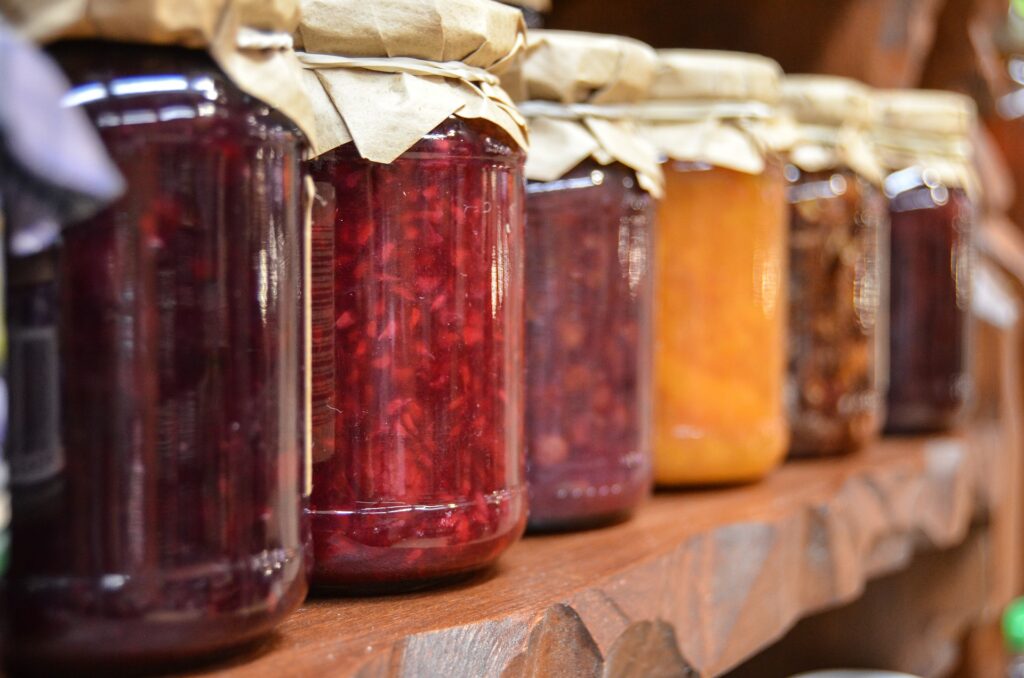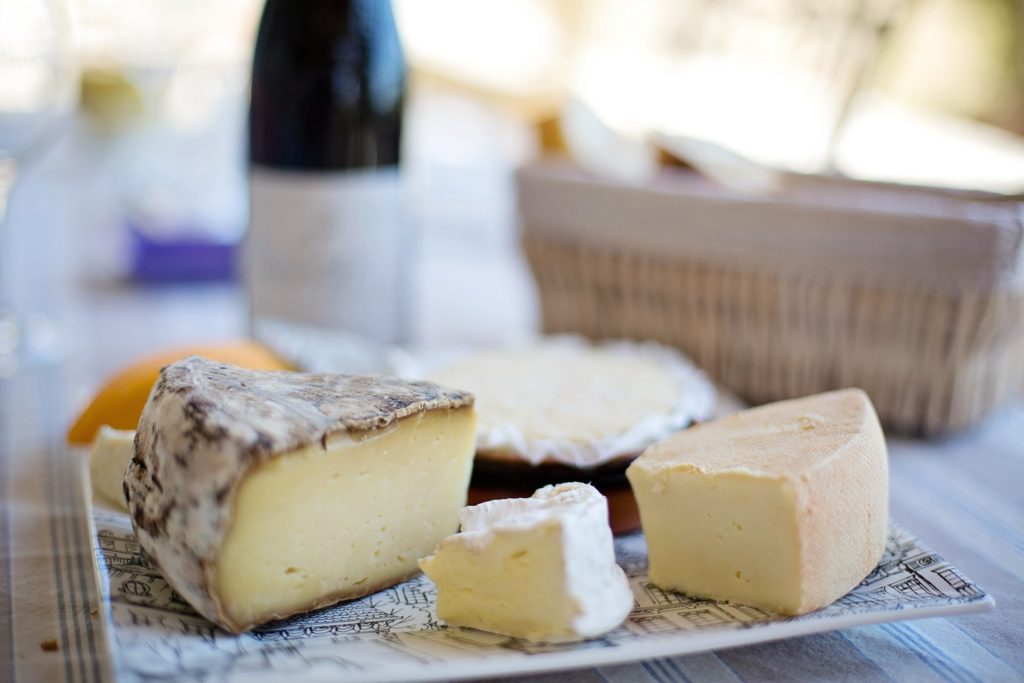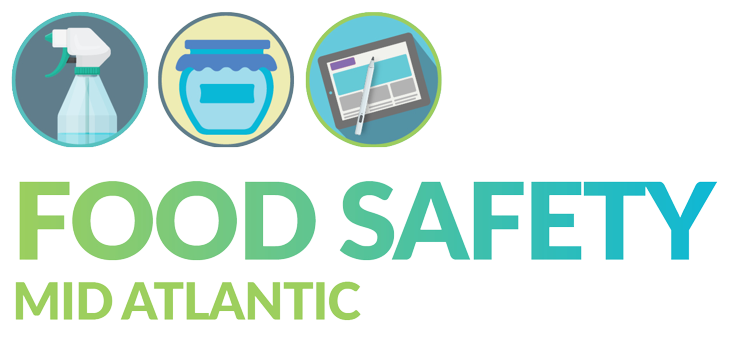In my last blog post I discussed the safety of fruit and vegetables and the importance of acidity in their food safety. I referred back to “A” post of my HARM series. I realized that I never finished the series as there is no “RM” post. The pandemic obviously affected more than my ability to visit my clients.
Reducing the moisture content or lowering how much water is present is, along with heating and adding acid, another way of extending the shelf life of food products and preventing foodborne illness.

Bacteria and other microbes need water to survive just like we do. Reducing your moisture content can make your food safer and extend its shelf life.
One way to reduce the moisture content is dehydration. However, I personally don’t want all my food to be like packaged camp food. The good news is that we don’t have to! We do not have to completely dehydrate a food product to stop microorganisms from growing in it.
How do we know how much to reduce the moisture content to stop microorganisms?
Water is present in food in different forms:
Water is bound to other chemical compounds as an essential part of their structure. This water is really hard to remove because its removal causes those chemicals to breakdown. This water is unavailable for bacteria to grow and not available for chemical reactions either.
Water that isn’t bound to chemicals is called “available” water. This free water easily exchanges with water in the atmosphere and is available for reactions including those that occur in microorganisms. Food scientists measure water availability through a measurement called water activity. This is a more accurate predictor of microorganism survival than moisture content.
The lower the water activity, the less likely it is that microorganisms grow. Lowering the water activity not only stops microorganisms, it also slows down most reactions.
Water activity is measured on a scale of 0 to 1, where 0 is completely dry and 1 is pure water.
The key water activity values for food safety are:
- Below 0.85: Few bacteria grow
- Below 0.60: No microorganisms grow

Measuring and controlling the water activity is important for dried foods such as dried fruit, pasta, granola bars and beef jerky. We can also change the water activity by adding salt, sugar, and other ingredients making the determination of water activity of jams, jellies, cheeses, and salted meats also important.
Is the idea of water activity new to you? If you want to discuss this more, book a call today and we can chat.

